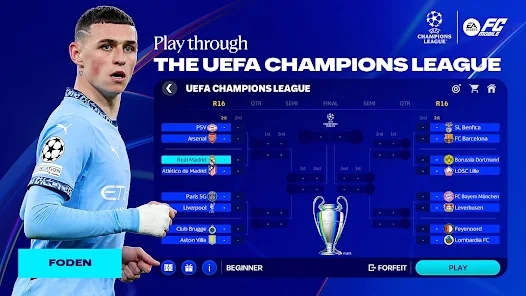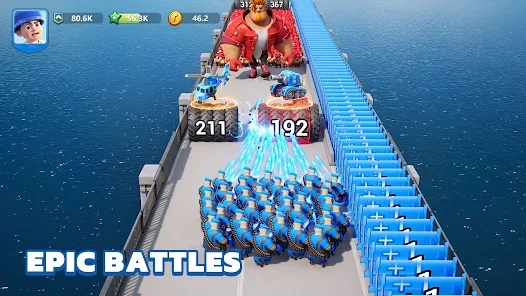Why Idle PC Games Are Taking the Gaming World by Storm: A Deep Dive
In the ever-evolving landscape of gaming, where the thrills of action-packed adventures and the depth of RPGs once reigned supreme, a new contender is making waves—idle PC games. These seemingly simple yet profoundly engaging games have captivated players around the globe, especially in Brazil, where a unique blend of culture enriches the digital experience. But what is it about idle games that keeps us glued to our screens, and how does it resonate with the gaming community?
What Exactly Are Idle Games?
Idle games, often known as "tap" games, are a delightful concoction of simplicity and depth. Players engage in gameplay that requires minimal interaction; the game progresses even if they step away. Imagine planting seeds in a garden; each seed, when watered properly, will bear fruits while you bask in the sunlight of lazy afternoons.
Here’s a quick list of features that define idle games:
- **Minimal effort required**: Players can achieve milestones without the need for constant engagement.
- **Progression over time**: The satisfaction of watching your resources grow as you put in less effort.
- **Easy to learn, hard to master**: Perfect for casual gamers and those seeking a more laid-back gaming experience.
Why Are They So Popular?
Brazilian gamers have a penchant for games that provide enjoyment without the pressure of high-stakes competition. Idle games offer a sanctuary, a space where players can unwind. But this rise in popularity isn't solely about relaxation; it is also about community engagement.
The social aspect is incredibly captivating, combining casual competition with the subtle art of patience. Players often find joy in sharing progress, tips, and the occasional bingo stories mobile game anecdotes. This camaraderie adds layers to the experience—a mirror reflecting how our lives interweave with our virtual escapades.
The Secret Sauce: Rewards and Incentives
One of the most powerful aspects of idle games is their reward systems. Players are continually rewarded for minor achievements, creating a loop of motivation that keeps them coming back for more. The thrill of hitting that next milestone feels like a rush of dopamine, igniting a passion that often spills over into social media discussions.
To better visualize this phenomenon, consider the following table:
| Aspect | Effect |
|---|---|
| Rewards | Increases player retention |
| Community Interaction | Boosts engagement |
| Progression Systems | Enhances satisfaction levels |
Idle Games vs. Traditional Gaming: A Reflection
At first glance, one might argue idle games lack the excitement of traditional PC games. However, think of the last God of War game, with its stunning visuals and intense storytelling. While those elements invite immersion, idle games invite respite. They beckon players to appreciate a different rhythm—a dance of patience.
The contrast broadens the definition of entertainment. In this light, idle games don’t just fill a void; they create a new pathway—one where players can choose their level of interaction without the usual pressures of gaming. It's like savoring a good book while lounging in a hammock, isn’t it?
Conclusion: The Future of Idle Gaming
As we watch the idle gaming realm expand, it becomes clear this genre is here to stay. For Brazilian players, the fusion of community, ease of play, and the sheer delight of watching progress evolve captivates and engages in a uniquely charming way. The gaming landscape will inevitably change, embracing both the active and idle. In a world bustling with chaos, perhaps what we truly seek is a break to watch our gardens grow, even if it’s just a click away.



